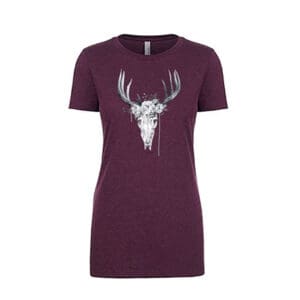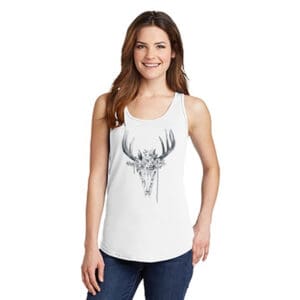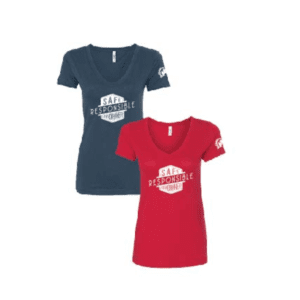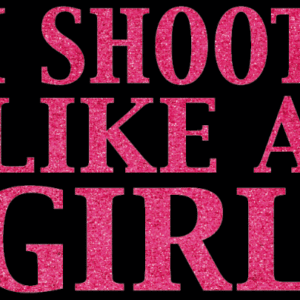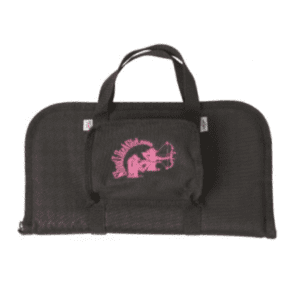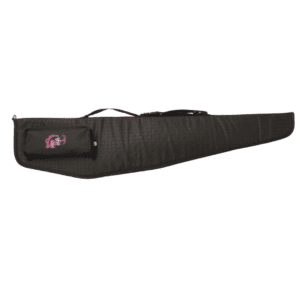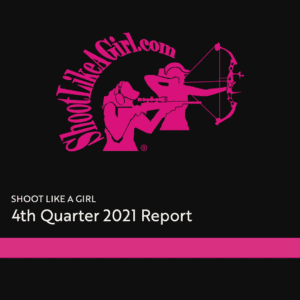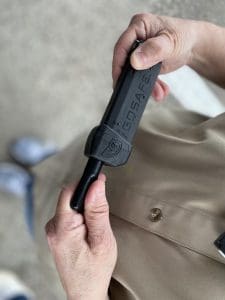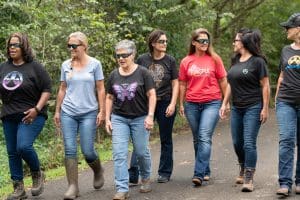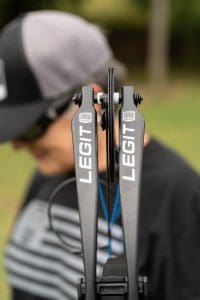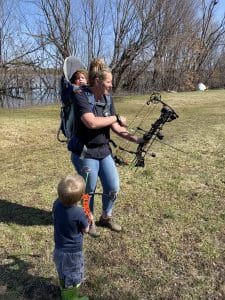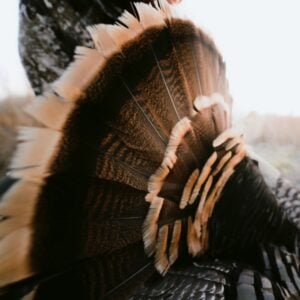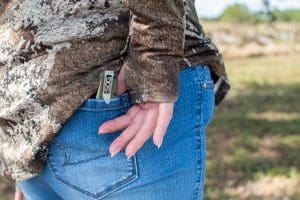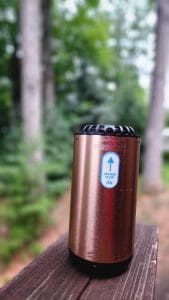
- Firearm Tips
Choosing The Right Ammunition
 Differences Between Practice and Defensive Ammunition
Differences Between Practice and Defensive Ammunition
If you are new to the gun world, there are so many decisions to make. How to choose a firearm, what gear do I need, where do I practice, who do I get instruction from, what kind of clothes to wear. Our desire is to be a responsibly armed citizen. One important aspect is choosing the right ammunition. This isn’t the place where you’ll find information on what caliber you should shoot, or what brand to buy, we are going to discuss the type you should buy, and why. If you check out the booklet that comes with your gun when you make a purchase, it may have some recommendations for your specific handgun.
There are two major categories of handgun ammunition: practice (ball ammunition) and self-defense (hollow-point).
Each of these are made up of several components all together known as a round, cartridge, ammunition, or ammo. We commonly hear “bullet” which is only the end of the round (or projectile). It is the solid mass that exits the gun when fired. There is also the “case”, which contains the propellant and primer.
Practice ammunition (ball, FMJ, or target ammo) is widely used for training. It has a rounded nose (ladies, like a new lipstick), is completely enclosed with metal, and has no grooves or holes on the bullet. Ball ammunition is typically less expensive and is great for punching holes in paper, but should not be used in a self-defense gun. It does have the possibility of hitting objects behind the target and cause unintentional collateral damage. If you were forced to defend yourself with ball ammunition in your home, those rounds can penetrate walls, doors, glass, etc. This means that innocent people behind your attacker could be injured or killed. 
It is documented that in 1998, NYPD reported that 46 percent of innocent bystanders (and 39 percent of law enforcement officers) who were hit by police rounds were struck by bullets (ball ammunition) that had passed through attackers or other objects.
Make sure to steer clear of it though, when you are carrying your firearm for protection or have your firearm loaded and staged for protection in your home.
Self defense ammunition (hollow point (HP) or jacketed hollow point, JHP) is ammunition designed specifically for self defense. Hollow point ammunition has a hollowed out cavity at the tip, and usually has the jacketed edges of the cavity “scored” into four to six segments. The cavity and scored edges allow the round to dramatically expands once it enters its target. Hollow points are far more effective for defense because not only are they designed to expand upon impact, they are also designed to transfer almost all of their energy into the target as well. This means that if you shoot an attacker, the bullet will expand instantly to make a much larger wound than a full metal jacket (FMJ) round would. Furthermore, the bullet will not over penetrate because most of the energy will have already been transferred upon impact. According to the FBI, the best defense ammunition will penetrate a minimum of twelve inches while continuing to expand until it stops. That being said, not every jacketed hollow point bullet will be a suitable choice for self-defense. Make sure that you fully know and understand the laws in your area in regard to owning and using hollow point ammunition.Spend some time practicing with your firearm with both practice and self-defense ammunition. You want to make sure that both function properly in your gun. 
You want to know what works well in your gun before you ever get in to a critical situation.
You want to have the peace of mind that your gun works well with the defensive ammo that you have chosen. If you are still unsure of what ammunition to use in your gun, don’t be afraid to ask an expert. You can reach out to local law enforcement officers, gunsmiths, reputable instructors or even your local gun store. Then it’s up to you to practice and make sure your firearm operates well with both your practice and self-defense rounds. Happy training.
As when anything firearms related, always put the firearm safety rules first; 1 Treat every firearm as though it is loaded, 2 finger off the trigger until you are ready to shoot, 3 always keep the muzzle pointed in a safe direction and 4 beware of your target and what is behind and around it. These are just 4 of many. You can read more about the firearm safety rules HERE.

